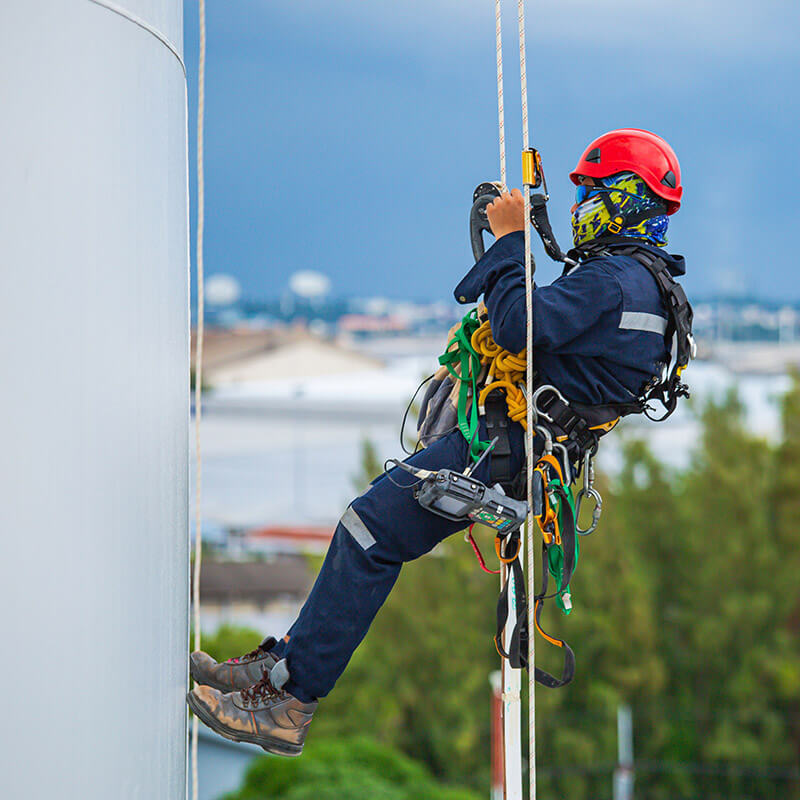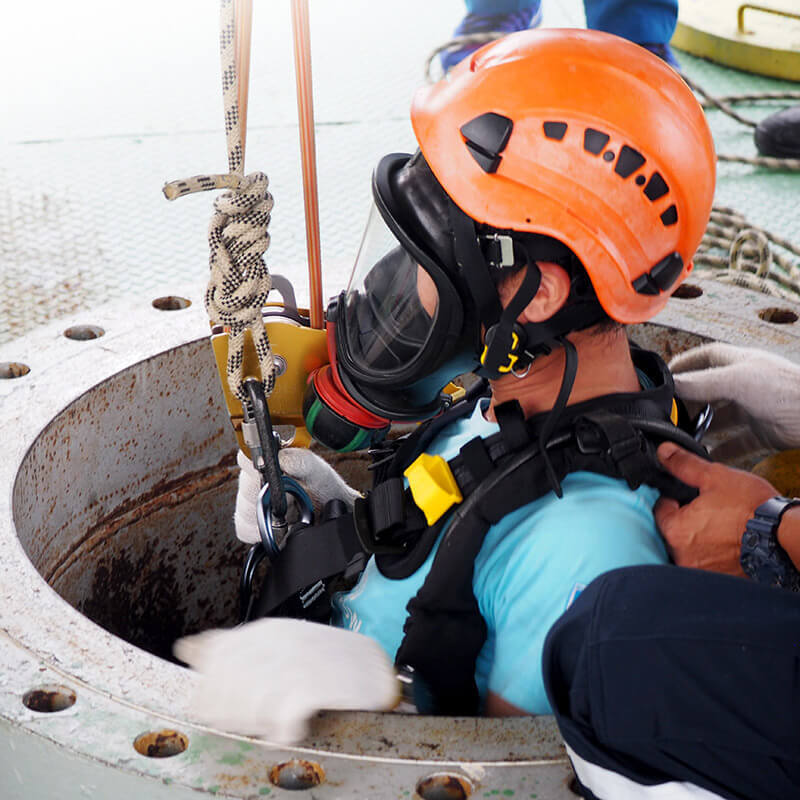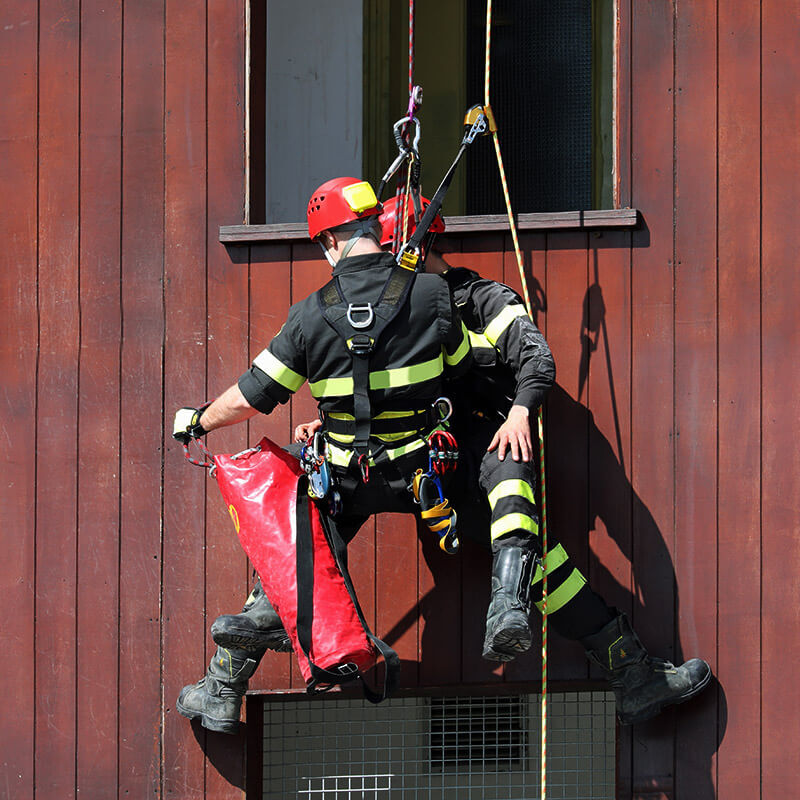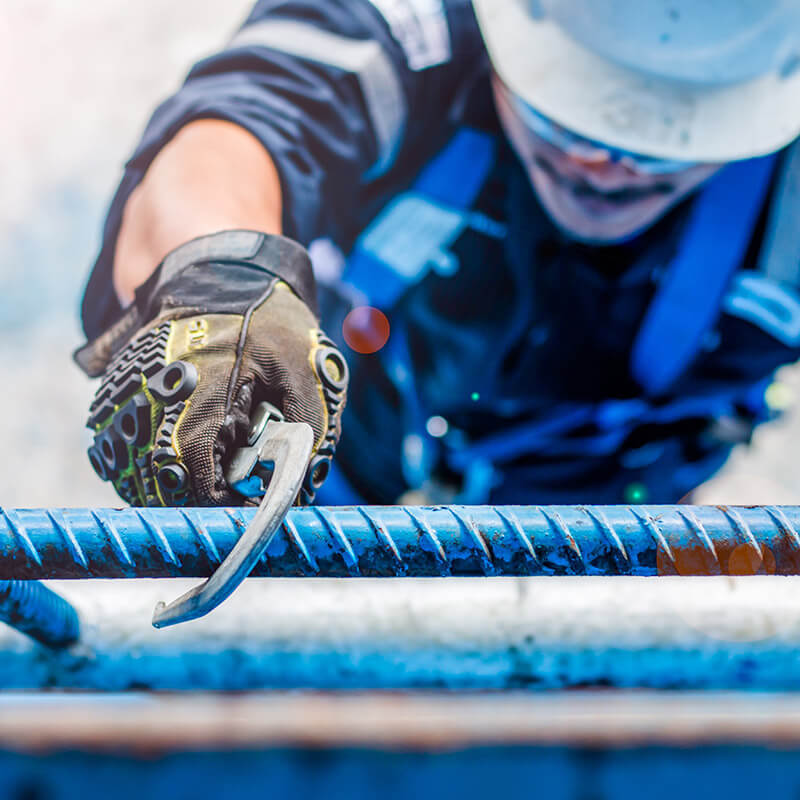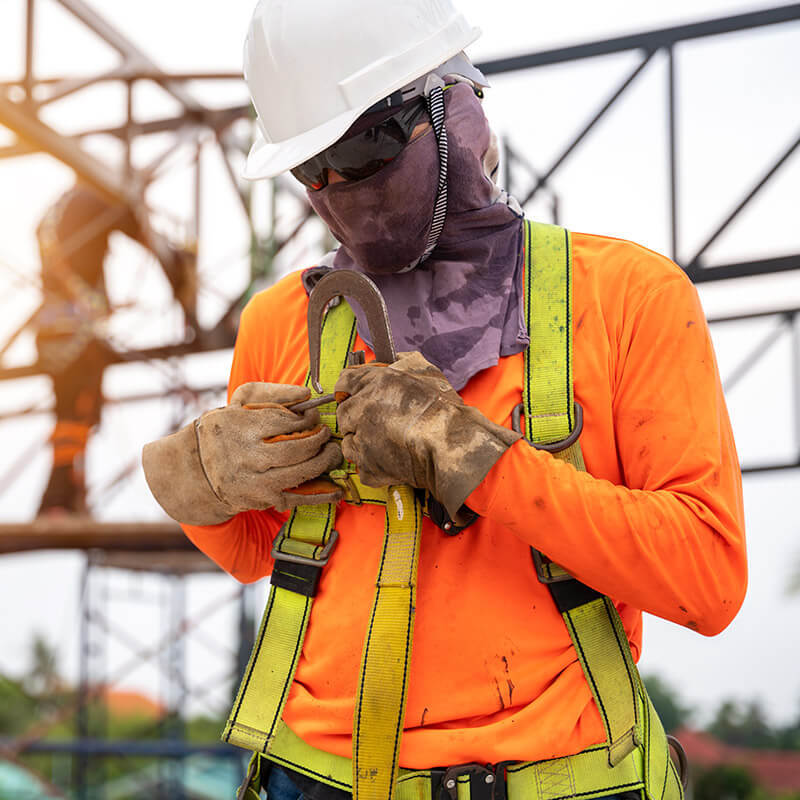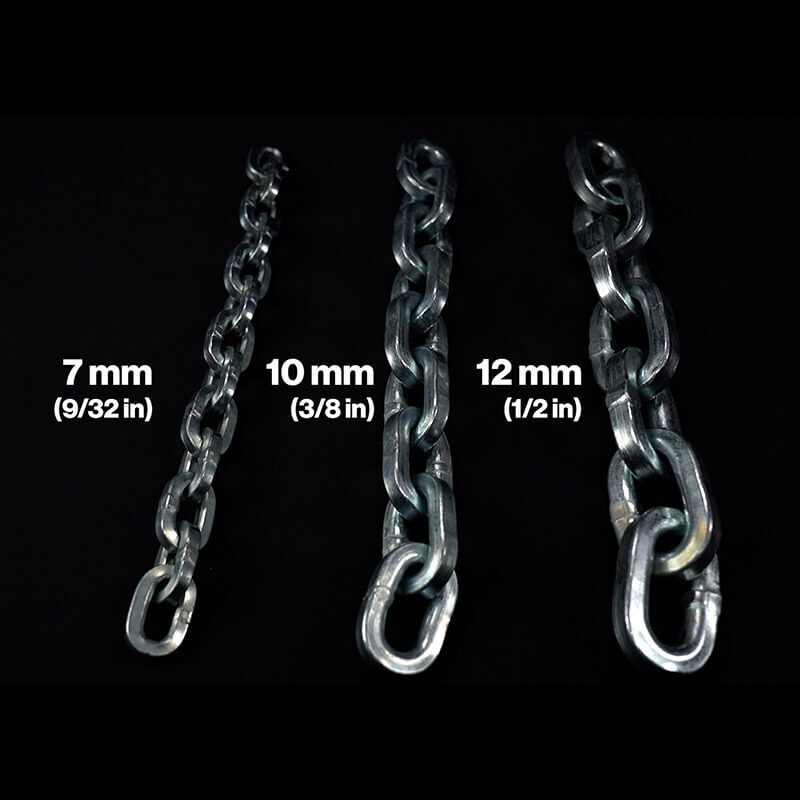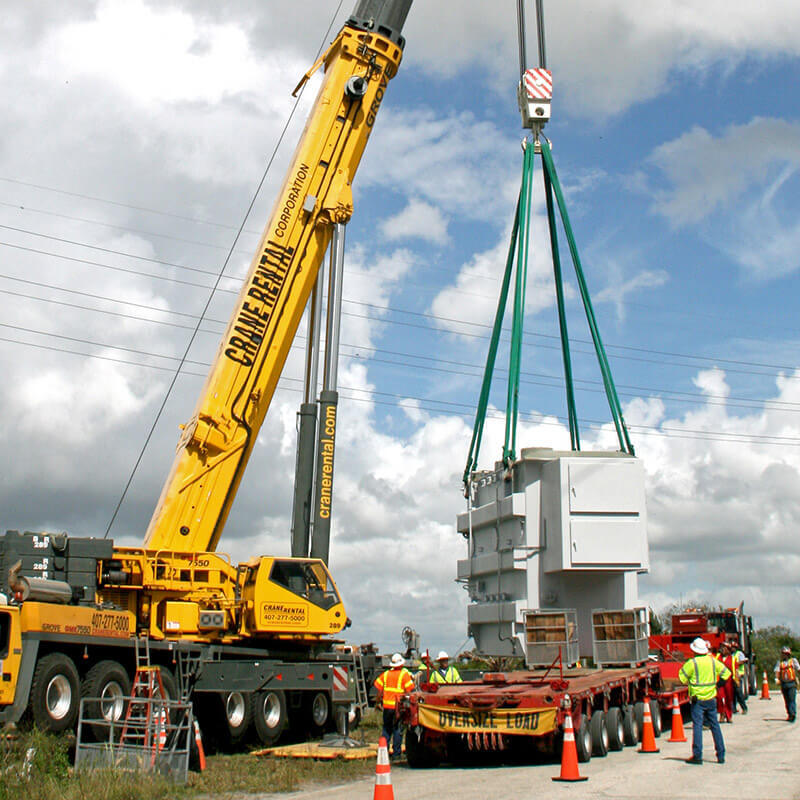What is the difference between a rescue harness and a fall protection harness?
When working at height, choosing the right harness isn’t just about compliance—it’s about staying alive. Whether you’re climbing a cell tower, working on steel, or suspended in a rescue operation, the right safety harness makes all the difference. This guide breaks down the differences between rescue and fall protection harnesses, helping you select the right gear for your job and risk level.
Understanding the Two Main Types of Harnesses
While both rescue and fall protection harnesses are designed to protect workers at height, they are built for different applications. Here’s how they compare:
- Fall Protection Harnesses: Designed primarily to prevent injury in the event of a fall. Most include a dorsal D-ring for attaching to a fall arrest system. Higher-end models may include side D-rings for positioning and a front D-ring for ladder safety or descent control.
- Rescue Harnesses: Built for complex rescue or suspension scenarios. These harnesses feature multiple attachment points—including chest, waist, and shoulder D-rings—and are often used in confined space rescue, rope access, or by tower climbers performing suspended work. Some include rigid suspension seats for added comfort during extended hang times.
Rescue harnesses can often be used for fall arrest, but the reverse is not always true. Many fall protection harnesses lack the necessary points or structural design for advanced rescue situations.
Choosing the Right Harness for the Job
1. Evaluate Your Work Environment
Think about the height, frequency of movement, suspension needs, and type of structure. For example:
- General construction: A full-body harness with a dorsal D-ring may suffice.
- Utility or telecom work: A harness with front and side D-rings allows for positioning and vertical climbing.
- Tower climbing or rescue work: Look for multi-point harnesses with suspension seats for prolonged comfort and stability.
2. Match Features to Task
- Attachment Points: More D-rings equal greater flexibility in positioning, climbing, and rescue applications.
- Padding and Ergonomics: Padded shoulder, waist, and leg straps reduce fatigue and improve mobility for long hours aloft.
- Suspension Comfort: For work that requires hanging in place (like tower work), rigid seat options can dramatically reduce leg strain.
3. Confirm Compliance and Capacity
- Check for ANSI Z359.11 and OSHA 1910/1926 certification.
- Ensure the harness supports your total working weight (body + tools).
- Follow manufacturer specs for care, use, and inspection timelines.
What About Harness Classifications?
While older classifications (Class I–IV) are sometimes referenced, the modern approach is to define harnesses by their function:
- Fall Arrest: Dorsal D-ring, typically for general construction or maintenance.
- Work Positioning: Adds hip D-rings for hands-free work while connected to a positioning lanyard.
- Climbing: Features a front chest D-ring for vertical systems like cable grabs.
- Rescue/Suspension: Includes multiple D-rings and seat support for suspended tasks and rope access/rescue.
Why Advanced Users Need Advanced Gear
Tower climbers, rope access techs, and rescue professionals face extended suspension times, dynamic environments, and high physical demands. For them, a basic fall protection harness isn’t enough. Advanced harnesses often include:
- Back, chest, and side D-rings for multiple work modes
- Integrated padding and moisture-wicking materials
- Optional rigid seat attachments for suspension work
Even in suspended positions, workers must remain tied off via a certified anchor system. Comfort is never a replacement for safety—just a critical addition to it.
Final Thoughts: Safety Starts with Selection
Knowing the difference between a rescue harness and a fall protection harness can be the difference between completing a job safely—or not at all. While rescue harnesses offer versatility for advanced tasks, fall protection harnesses are purpose-built for everyday height safety. Match your gear to your job, confirm all certifications, and inspect equipment regularly.
At Bishop Lifting, we stock a complete range of harnesses—from basic models to advanced tower climbing and rescue gear. Browse our selection at Lifting.com and get the right gear shipped to your door.
FAQ
What’s the difference between a fall protection and a rescue harness?
Fall protection harnesses are designed to arrest a fall, typically with a dorsal D-ring. Rescue harnesses are built for more complex tasks like vertical rescues, and include additional D-rings and support features for hoisting or lowering workers.
Can a fall protection harness be used for rescue?
Sometimes. Some premium fall arrest harnesses can double for basic rescue tasks, but most lack the attachment points and design features required for full rescue scenarios.
How do I know if a harness meets safety standards?
Check for ANSI Z359.11 and OSHA 1910/1926 labels. Reputable manufacturers will list certifications clearly in their documentation and tags.
What harness should a tower climber use?
A tower climber should use a full-body harness with dorsal, sternal, and side D-rings. Suspension seats or rigid work platforms are often used for extended hang times, in compliance with fall protection protocols.
How often should I inspect my harness?
Inspect before every use and perform a thorough inspection at least annually by a qualified person. Remove any harness from service if there’s visible damage, wear, or failed stitching.
What’s the lifespan of a harness?
Typically 5 years, but this varies depending on frequency of use, environmental exposure, and manufacturer guidelines. Always follow the manufacturer's recommendations for retirement.
What Are the Different Types of Climbing Ropes?
Dec 11th 2025
What Type of Rope Is Best for Climbing?
Dec 9th 2025
What Are the Two Types of Kernmantle Rope?
Nov 25th 2025
What Is a Kernmantle Rope Used For?
Nov 21st 2025
What Is a Fall Protection Harness?
Nov 14th 2025
What are the four components of a PFAS?
Nov 7th 2025
Is Palmer Safety OSHA Compliant?
Nov 3rd 2025
What’s the Hardest Chain to Cut?
Oct 20th 2025
What are the most common tools used in rigging?
Oct 13th 2025


